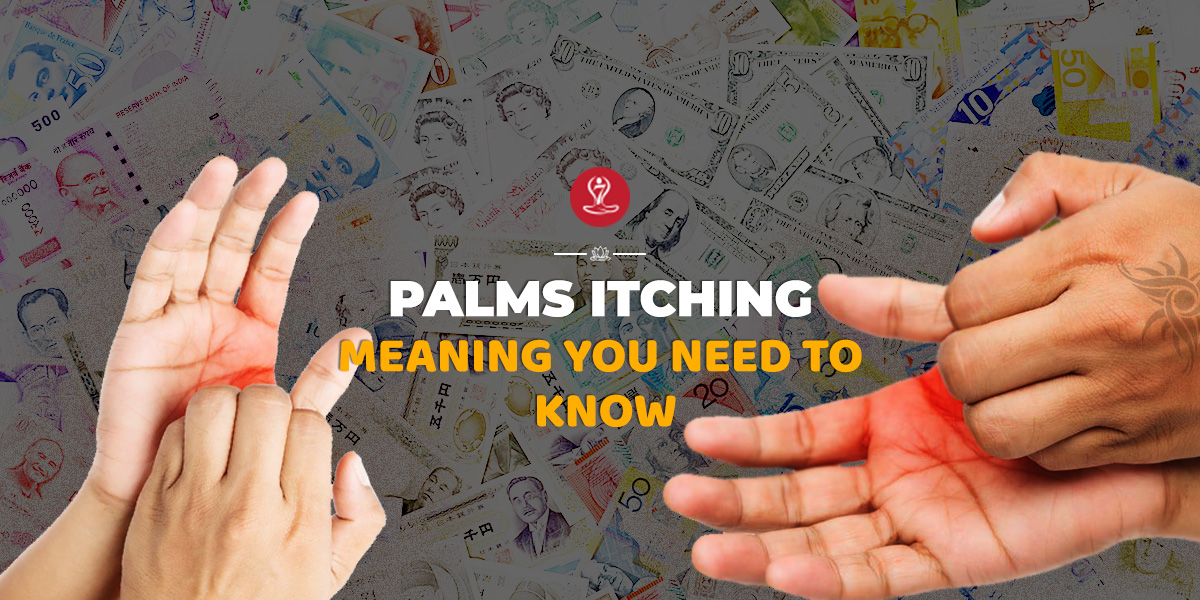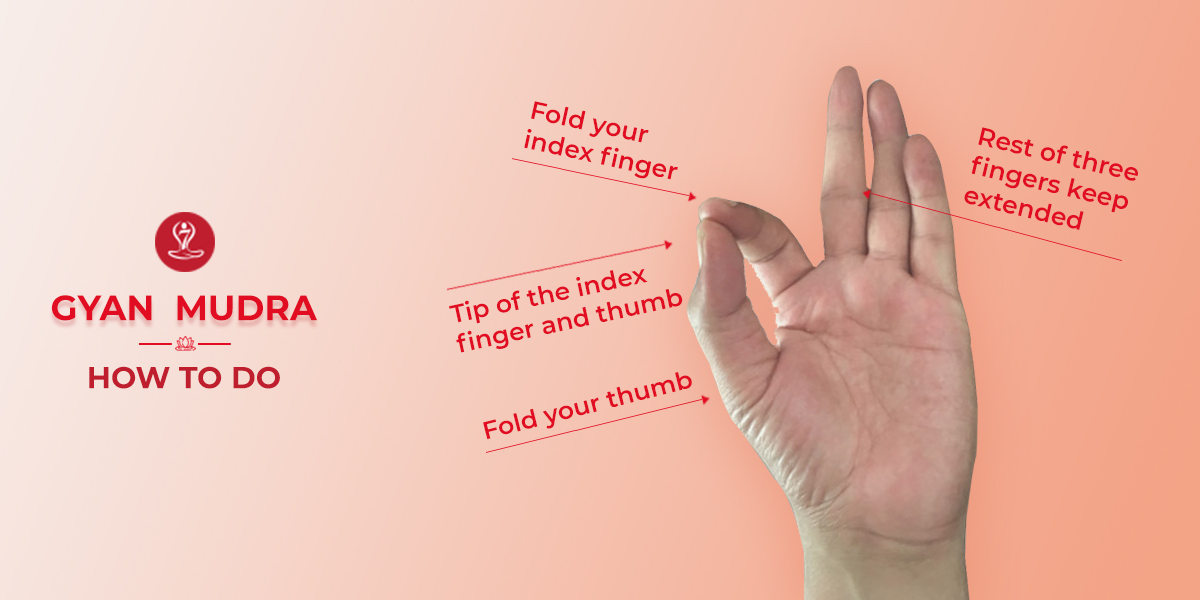
Vajrapradama Mudra is a powerful mudra that represents the essence of self-confidence and inner strength. In this the positioning of our hands in certain ways can influence our mental state and focus – during meditation or yoga practice.
This mudra, the hands rest on the chest with their interlocked fingers and extended thumbs. It’s a beautiful way to connect with inner confidence and trust in oneself or something greater.
Vajrapradama Mudra Meaning
The word of ‘Vajra’ and ‘Padma’ in the Vajrapadama Mudra signifies the merging of powerful attributes. The ‘Vajra’, denoting thunderbolt or indestructibility, brings forth the idea of strength, firmness, and unyielding nature, while ‘Padma,’ representing the lotus, symbolizing purity and spiritual growth.
The combination in the Vajrapradama Mudra, therefore, the concept of an ‘indestructible lotus’—a symbol of strength, resilience, and unwavering trust.
How to Perform Vajrapradama Mudra?
Posture: Begin by finding a comfortable and stable sitting position, ensuring your spine is straight but relaxed.
Hand Placement: Place your hands on your thighs with palms facing up.
Hand Gesture: To practice it, bring your hands in front of your chest, interlace your fingers, and extend your index fingers upward while keeping the thumbs crossed. Rest this mudra gently against your chest or in your lap as you meditate.
Body Posture: Gently close your eyes and be there for a few deep breaths. Keep your elbows, wrists, and palms aligned.
Breathing and Chanting: Hold your breath after inhaling and silently chant ‘Om’ in your mind. This step combines breath control and a meditative mantra for focus and relaxation.
Exhalation: Inhale slowly and exhale gently while drawing in the abdominal wall. Simultaneously, Focus on your inner self and inner strength while holding this Mudra.
While holding yoga postures, you can maintain this mudra to amplify the meditative aspect of the practice. For instance, in seated poses like Padmasana (Lotus Pose) or Sukhasana (Easy Pose), incorporating Vajrapadama Mudra can aid in centering and grounding.
Benefits of Vajrapradama Mudra
This Mudra symbolizes a union of energy, fostering stability and concentration during meditation.
The alignment and connection formed by interlocking the fingers are believed to harmonize the flow of energy within the body, aiding in mental concentration and attentiveness.
Mudras are believed to activate different energy points in the body, and Vajrapradama Mudra, with its specific hand position, is thought to stimulate these energetic pathways.
Combining this mudra with deep breathing techniques can promote relaxation and reduce stress levels. When practiced deep and conscious breathing, this Mudra can assist in calming the mind and alleviating anxiety.
Similarly when combined with conscious deep breathing techniques, can contribute indirectly to enhancing lung capacity and improving breath control.
The joined fingers in Vajrapradama Mudra help in balancing the Ida and Pingala nadis. This balance helps in energy circulation and chakra activation.
Conclusion
The Vajrapradama Mudra, with its simple yet powerful hand gesture, is an effective way to cultivate feelings of trust and inner strength during meditation. The gesture’s positioning over the heart center adds to its significance, fostering a sense of connection and centeredness.
RELATED ARTICLES
Jul 31, 2024
The Ultimate Guide to Balancing Chakras with Mudras
Yoga itself is completely related to balancing chakras with mudras that they open. Yoga mudras, or hand gestures, are integral[...]
Jul 22, 2024
Palm Itching Meaning: Discover the Behind This Ancient Belief
An old superstition, a sign of palms itching, has indeed become a matter of discussion. The medium of these signs[...]
Jul 22, 2024
Gyan Mudra: Importance, How to do, Benefits, Side Effect
The term "mudra" refers to hand gestures used during meditation in both Hindu and Buddhist traditions. Mudras are central to[...]
RECENT POSTS
Disclaimer
The content is purely informative and educational in nature and should not be construed as medical advice. Please use the content only in consultation with an appropriate certified medical or healthcare professional







